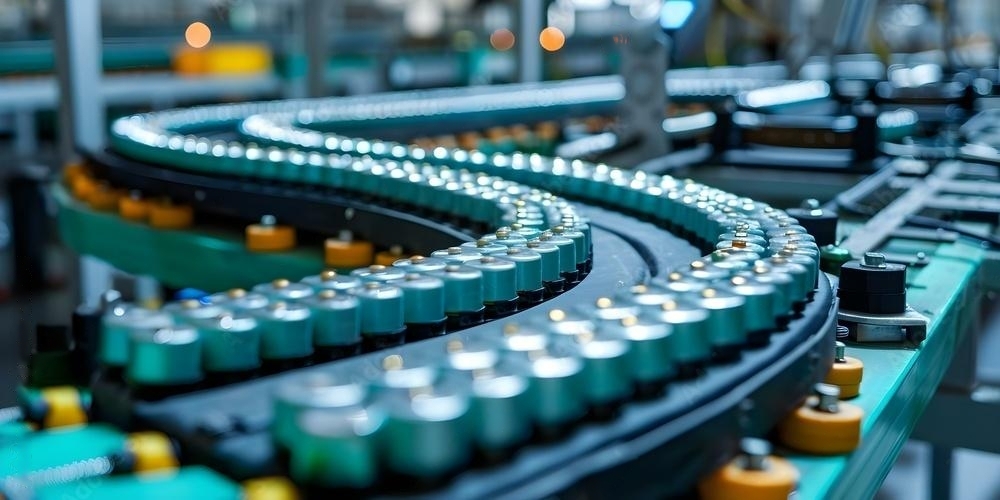This website uses cookies so that we can provide you with the best user experience possible. Cookie information is stored in your browser and performs functions such as recognising you when you return to our website and helping our team to understand which sections of the website you find most interesting and useful.
Autonomous off-highway vehicles are becoming a more common sight, signalliing a transition into a future where autonomous vehicles on wokrsites will become an everyday reality due to advancements in sensor technology. The latest innovations in sensor technology are paving the way for smarter, more efficient automotive manufacturing solutions. These sensors act as the allow autonomous vehicles to accurately perceive their surroundings, make real-time decisions, and navigate with unprecedented safety.
The Role of Sensors in Autonomous Mobility
Traditional sensor technologies, such as cameras, radar, and LIDAR, have played an integral role in early autonomous systems. Cameras provide visual data, radar detects objects and assesses their velocity, while LIDAR employs laser pulses to construct detailed 3D maps of the surroundings. However, these existing technologies face limitations, requiring the development of next-generation sensors to address challenges and accelerate the widespread adoption of autonomous driving.
The Next Generation of Sensor Technology
High-Resolution Imaging Sensors
New imaging sensors now offer higher resolutions and better performance in challenging lighting conditions. Advanced cameras equipped with night vision and thermal imaging can detect objects in low light or bad weather where traditional cameras might fail.
Solid-State LIDAR Systems
Traditional mechanical LIDAR systems have always been bulky and expensive. Solid-state LIDAR technology eliminates moving parts, which makes the systems more compact, reliable, and cost-effective. These new LIDAR units provide the high-resolution 3D mapping capabilities essential for precise navigation and obstacle detection. The reduction in size and cost makes it possible to integrate multiple LIDAR units within a single vehicle for a more comprehensive environmental view.
Advanced Radar Capabilities
Next-generation radar systems offer higher frequency operation and improved resolution. They can detect smaller objects at greater distances and distinguish among multiple objects in close proximity, which gives the vehicle what it needs to navigate complex, crowded urban environments where pedestrians, cyclists, and other vehicles are in close quarters and moving unexpectedly at times.
Sensor Fusion and AI Integration
Sensor fusion, which is the process of combining data from multiple sensors to create a more accurate and reliable perception of the environment, hasn’t always been seamless, but now, by integrating inputs from cameras, LIDAR, radar, and other sensors, AI systems can overcome the limitations inherent in individual sensors.
For example, when visual data is obscured by fog, radar and LIDARcan continue providing essential environmental feedback. Sensor fusion relies on sophisticated algorithms and machine learning models that interpret vast amounts of data in real-time, so the integration of AI is what makes it possible for a vehicle to perceive and predict accurately.
Conclusion
Next-generation sensor technology is shaping the future of autonomous driving, unlocking new levels of safety, efficiency, and environmental sustainability. However, challenges still remain such as the persistent issue of rain, snow and dense fod on sensor reliability and the significant expense of advanced sensors compared to traditional ones. As sensors become more advanced, cost-effective, and seamlessly integrated, the widespread deployment of autonomous off-highway vehicles is rapidly approaching reality.
To discuss latest innovations, research and technology for automotive sensors in Europe network with peers and solution providers and attend talks from industry leaders, book your place to attend the 4th Autonomous Off-Highway Machinery Technology Summit will be taking place May 21-22, 2025 in Berlin, Germany.
For more information, click here or email us at info@innovatrix.eu for the event agenda.
Share this post:
Recent Posts
April 30, 2025
April 30, 2025
April 30, 2025
Most Popular
Explore our best-read blogs and find out why your
industry trusts Innovatrix
What are the best practices for aseptic fill-finish according to...
Aseptic fill-finish is a critical process in the biopharmaceutical industry,...
Continue readingGuide to European Battery Manufacturing Regulations
The European Union (EU) published the EU New Battery Regulation...
Continue readingBry-Air Joins As Gold Sponsor Of 2nd Battery Gigafactory Summit...
Bry-Air will be joining Innovatrix as one of our Gold...
Continue reading





